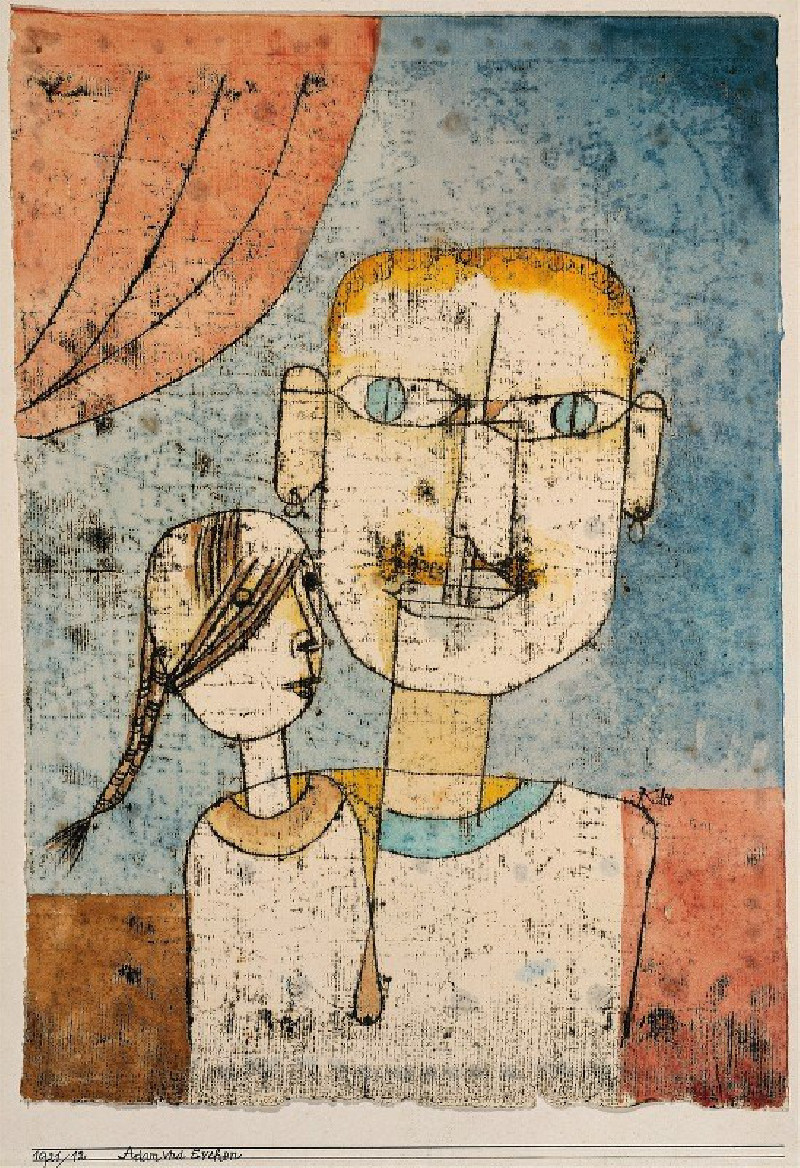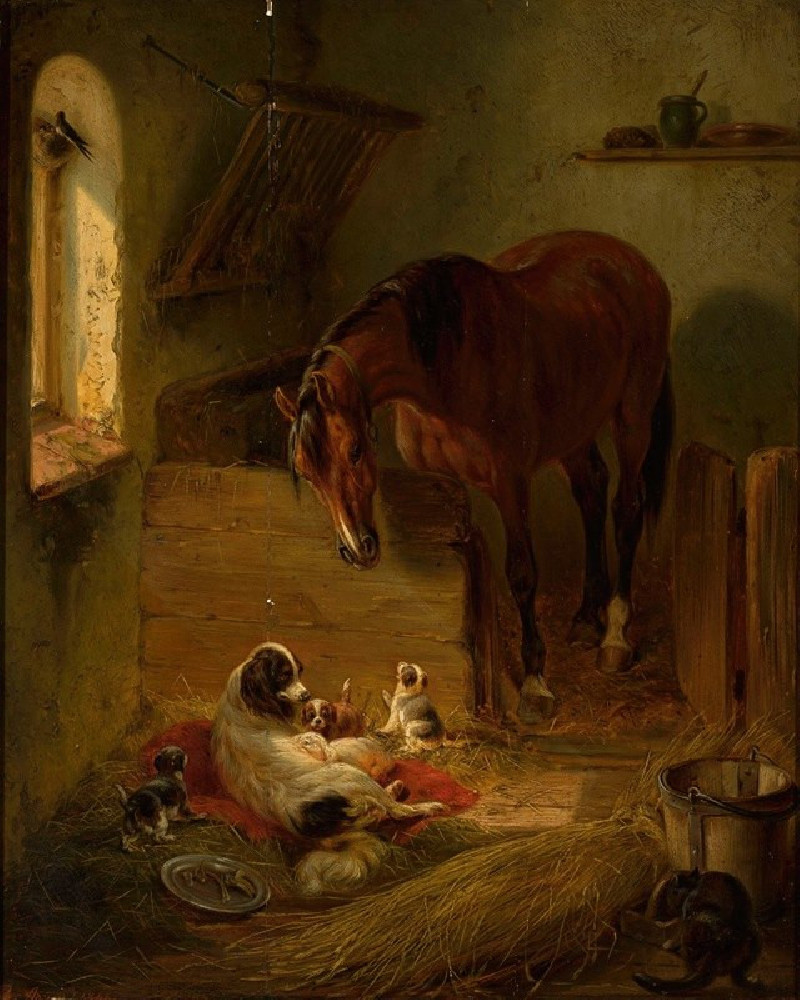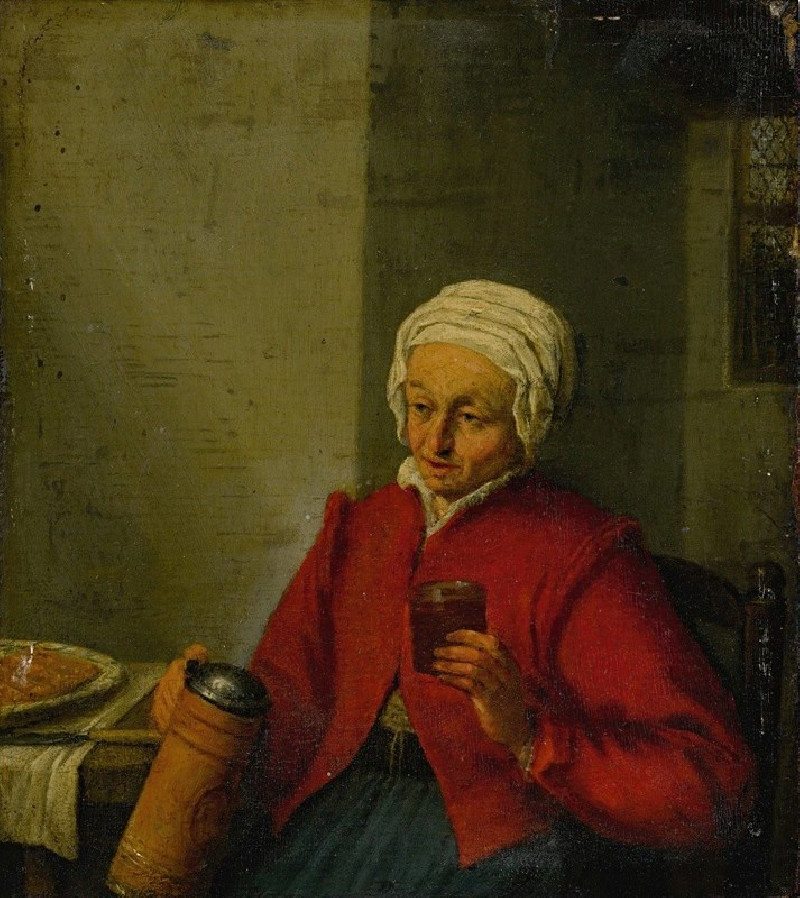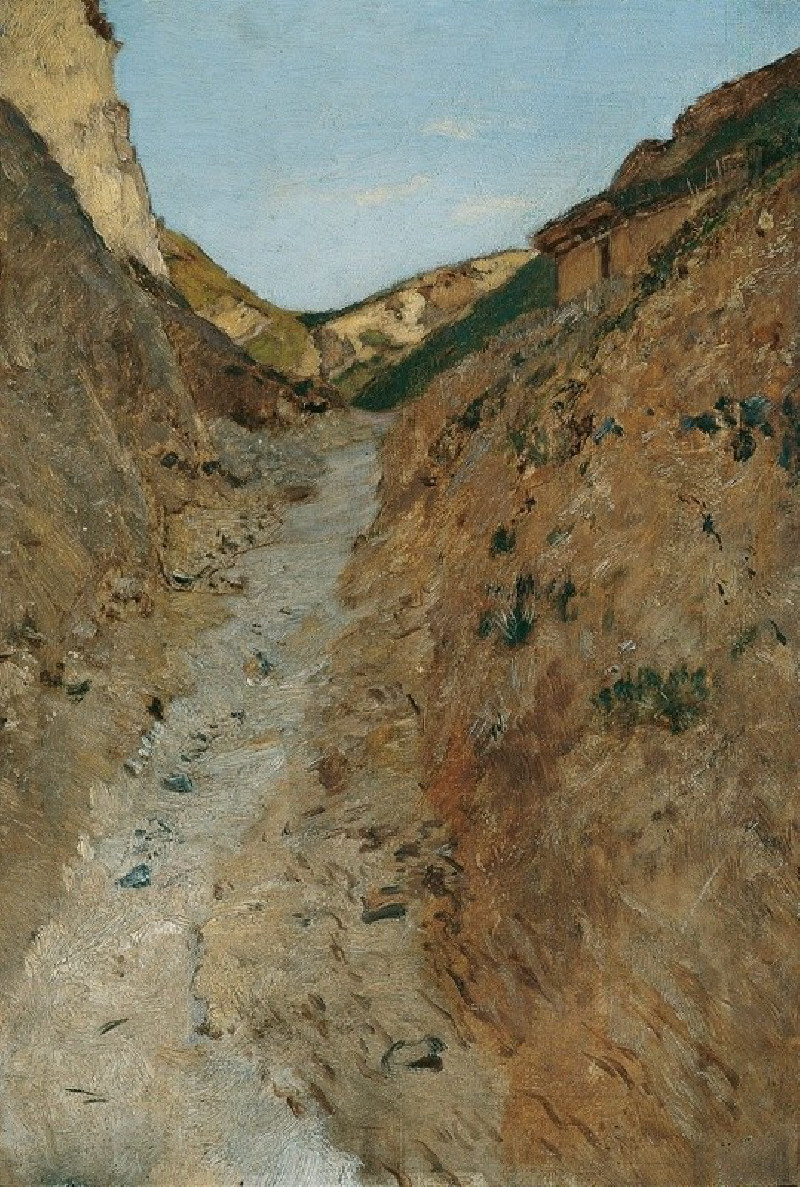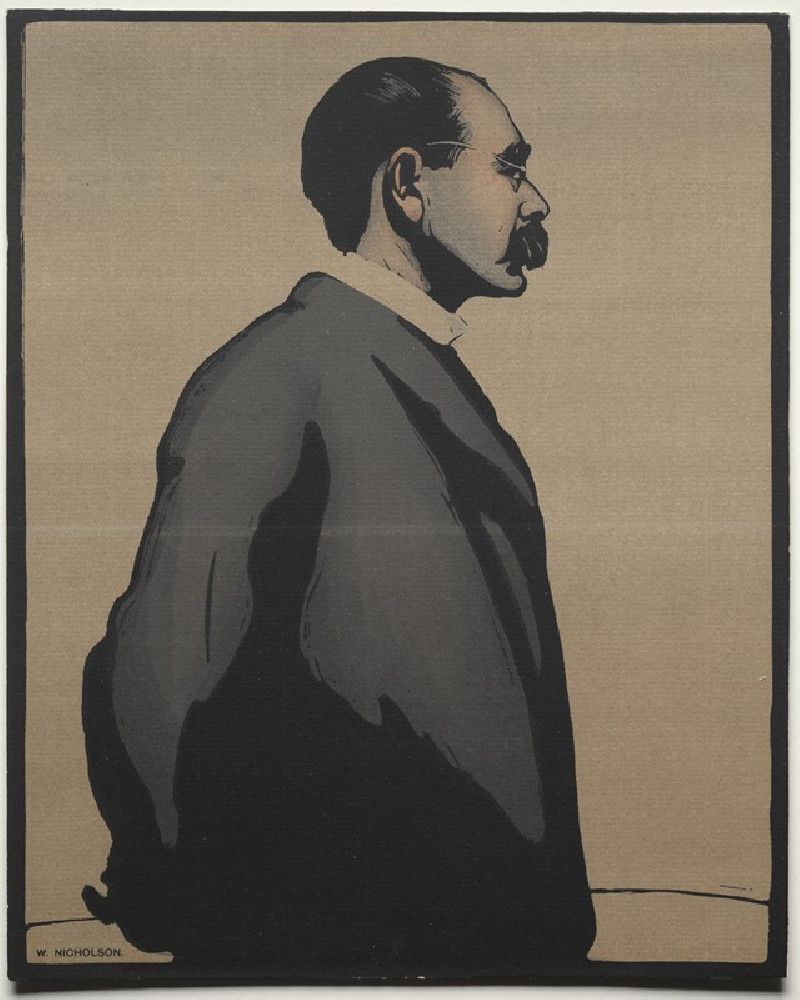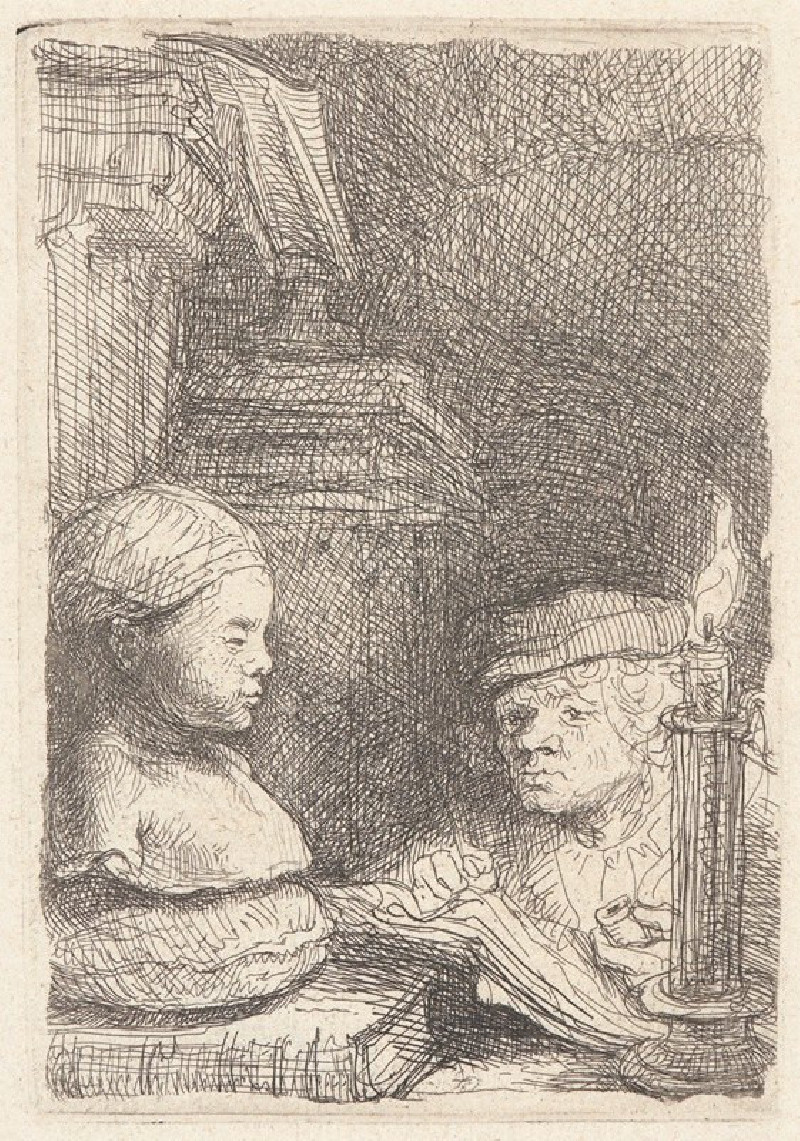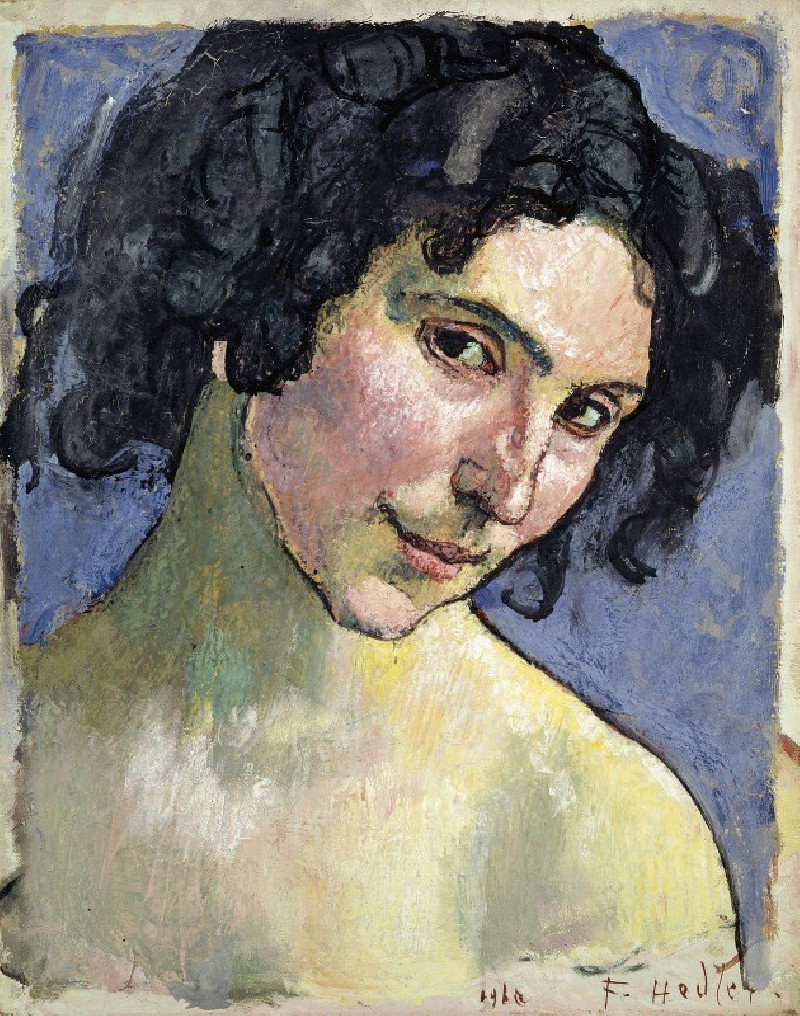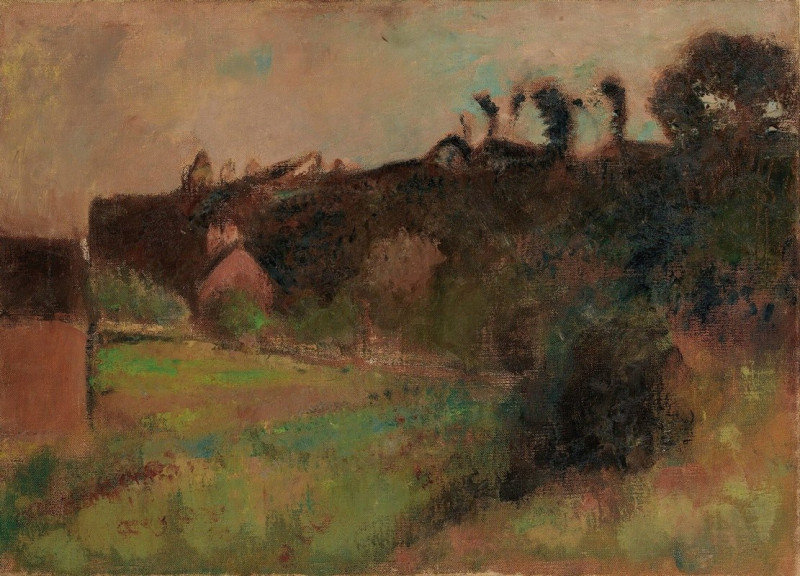Adam and Little Eve (1921)
Technique: Giclée quality print
Recommended by our customers
More about this artwork
Paul Klee's artwork, , exemplifies his skill in blending the abstract with the whimsical, inviting viewers into a playful yet profound visual tale. In this painting, Klee depicts two primary figures, one seemingly adult and the other childlike, crafted with simple yet expressive lines and patches of muted color. The adult figure dominates the frame with a strong frontal presence, his features outlined boldly, while the smaller, more delicately illustrated figure of 'Little Eve' appears alongside him, creating an intriguing contrast not only in scale but also in detail and intensity.The background of the painting cleverly shifts from earthy browns at the base, suggesting a grounding, to a calming expanse of blue towards the top, which might be interpreted as the sky. This transition from earth to sky adds a layered atmosphere to the scene, enhancing the symbolic interpretations of the figures as representations of elemental human emotions or states of being.Klee's use of fragmented color and the grid-like textural elements that overlay the central figures give the painting a tapestry-like quality, reminiscent of a story being woven visually. Each color shift and textual intervention invites contemplation, urging viewers to consider the narrative or emotional undercurrents Klee might be suggesting about relationships and identity."Adam and Little Eve" remains a poignant exploration of form, color, and line, where Klee masterfully condenses complex ideas into compellingly simple compositions.
Delivery
Returns
Paul Klee was a Swiss-born German artist. His highly individual style was influenced by movements in art that included expressionism, cubism, and surrealism. Klee was a natural draftsman who experimented with and eventually deeply explored color theory, writing about it extensively; his lectures Writings on Form and Design Theory (Schriften zur Form und Gestaltungslehre), published in English as the Paul Klee Notebooks, are held to be as important for modern art as Leonardo da Vinci's A Treatise on Painting for the Renaissance.

